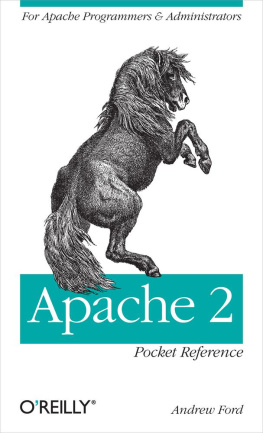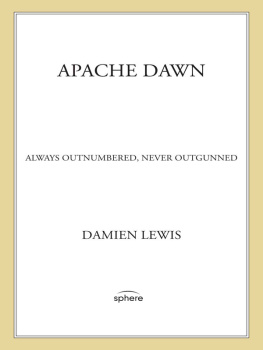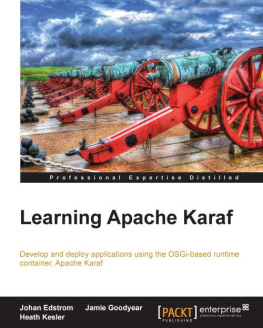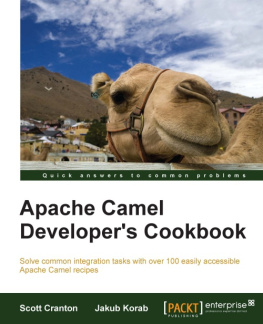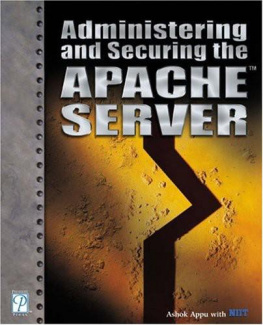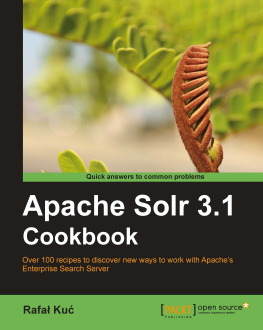Andrew Ford - Apache 2 Pocket Reference: For Apache Programmers & Administrators
Here you can read online Andrew Ford - Apache 2 Pocket Reference: For Apache Programmers & Administrators full text of the book (entire story) in english for free. Download pdf and epub, get meaning, cover and reviews about this ebook. year: 2008, publisher: OReilly Media, genre: Computer. Description of the work, (preface) as well as reviews are available. Best literature library LitArk.com created for fans of good reading and offers a wide selection of genres:
Romance novel
Science fiction
Adventure
Detective
Science
History
Home and family
Prose
Art
Politics
Computer
Non-fiction
Religion
Business
Children
Humor
Choose a favorite category and find really read worthwhile books. Enjoy immersion in the world of imagination, feel the emotions of the characters or learn something new for yourself, make an fascinating discovery.
- Book:Apache 2 Pocket Reference: For Apache Programmers & Administrators
- Author:
- Publisher:OReilly Media
- Genre:
- Year:2008
- Rating:5 / 5
- Favourites:Add to favourites
- Your mark:
Apache 2 Pocket Reference: For Apache Programmers & Administrators: summary, description and annotation
We offer to read an annotation, description, summary or preface (depends on what the author of the book "Apache 2 Pocket Reference: For Apache Programmers & Administrators" wrote himself). If you haven't found the necessary information about the book — write in the comments, we will try to find it.
Even if you know the Apache web server inside and out, you still need an occasional on-the-job reminder -- especially if youre moving to the newer Apache 2.x. Apache 2 Pocket Reference gives you exactly what you need to get the job done without forcing you to plow through a cumbersome, doorstop-sized reference.
This Book provides essential information to help you configure and maintain the server quickly, with brief explanations that get directly to the point. It covers Apache 2.x, giving web masters, web administrators, and programmers a quick and easy reference solution.
This pocket reference includes:
- Summaries of command-line options, configuration directives, and modules
- Key information about Apache support utilities
- What you need to know about URL rewriting, filters, caching, proxying and security
Whether you manage huge e-commerce operations, corporate intranets, or small personal websites, Apache 2 Pocket Reference is ideal for savvy administrators who no longer need detailed tutorials and just want a convenient, on-the-job reference.
Andrew Ford: author's other books
Who wrote Apache 2 Pocket Reference: For Apache Programmers & Administrators? Find out the surname, the name of the author of the book and a list of all author's works by series.

